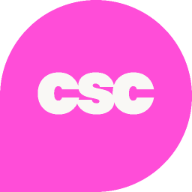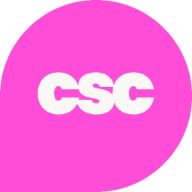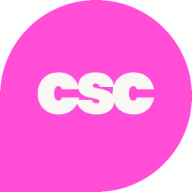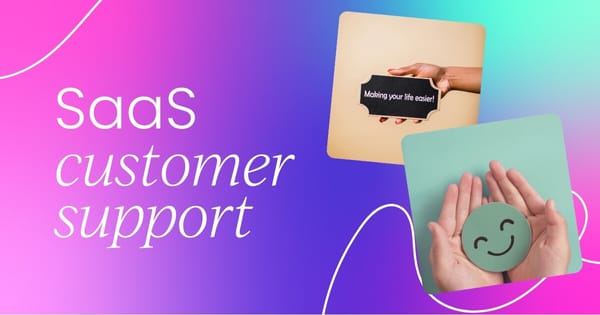In 2024, the SaaS industry is bigger than ever, making up a value of almost 300 billion dollars in 2024. Along with the saturation of this market, SaaS pricing is increasing along with overall churn metrics for the industry.
So, how do companies survive the risks of churn while maintaining pricing equilibrium to stay afloat in the market? Well, it all comes down to customer support, customer success, and their roles in fostering customer satisfaction.
They’re like the sugar to your SaaS pie; without them, customers will take a bite and leave unsatisfied. 🥧
In this article, we’ll go through:
- The role of customer support in SaaS
- The link between customer support and success
- It’s influence on retention, churn, and customer lifetime value
- How customer support changes from physical to SaaS products
The role of customer support in SaaS
First, let’s get on the same page by providing some simple definitions of what SaaS means and customer support within it.
What is SaaS?
Software as a Service (SaaS) is a software distribution model hosted by a service provider or vendor and made available to users over the internet. Instead of purchasing and installing software on individual computers or servers, users can access SaaS applications through a web browser.

What is customer support in SaaS?
Customer support in Software as a Service (SaaS) refers to the assistance and services provided by SaaS companies to help users effectively utilize their software applications.
This support encompasses everything from onboarding new users and addressing technical issues to providing ongoing education and resources that enhance user experience and satisfaction.
While customer support can sometimes be seen as a back-office function, it’s a critical touchpoint for maintaining and enhancing the customer experience.
Support teams are often the first and most frequent direct interaction customers have with a company post-purchase. So, rather than just reacting to problems, modern SaaS support teams must be proactive when helping customers navigate challenges and feel supported at every stage.
The link between customer success and success
So, how do these functions fit together, and why is customer support so vital?
According to SEMrush, IT & Software is the industry with the 10th highest customer retention rate in 2024, at 77% (about 2% above the average). One way it maintains this status is through high-touch points of contact throughout the customer lifecycle.
And yes, customer support plays a big part in this - go figure!
So, how does customer support in SaaS companies differ from other industries when thinking about customer retention and customer lifetime value?
Customer support in SaaS differs fundamentally from companies with physical products simply due to the nature of the offerings. SaaS deals with intangible, cloud-based services, while physical product companies handle tangible goods.
How does customer support change in SaaS companies?
Type of SaaS customer support
Unlike most physical products, SaaS products fundamentally require constant connection and interaction with your customers. Unlike physical products, SaaS products grow and change lightning-fastly, and support is vital to ensure customers can keep up.
Real-time and ongoing support:
SaaS support is continuous because the product evolves with regular updates, feature additions, and potential downtime or integration issues.
For example: A SaaS company like Salesforce might assist a customer with integrating their CRM with other business tools after a software update.
Proactive and usage-driven:
SaaS support teams need to have a more proactive approach by monitoring user behavior and usage patterns to identify potential issues or underutilization of features before customers experience frustration or disengagement.
Things of this nature will likely include:
- Usage analytics and insights: Analytics tools used to track how customers interact with your product.
- Behavioral triggers: Specific behaviors or lack thereof can trigger automated alerts to the support or customer success team.
- Health scores: The combination of usage data, support interactions, and satisfaction surveys (e.g., NPS scores)—to assess the likelihood of churn or growth opportunities.
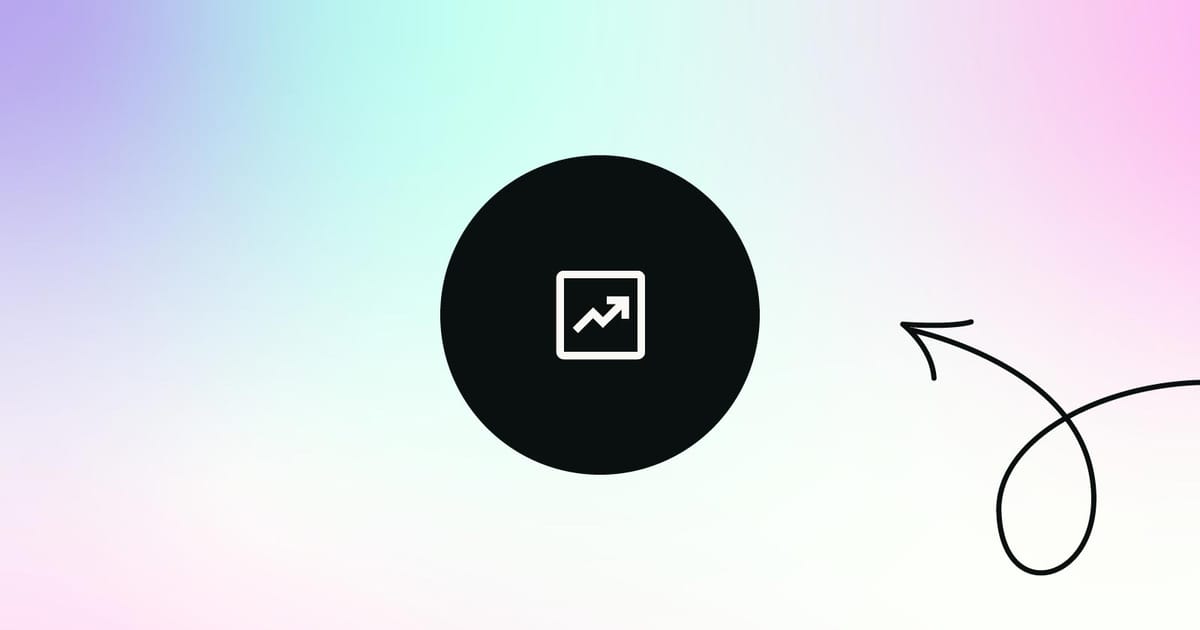
Customer retention and churn management in SaaS
Subscription model dependency:
We’ve hinted at this before, but SaaS requires more hands-on support when it comes to customer retention and churn, particularly because most SaaS companies now use a subscription-based model.
SaaS companies will rely on recurring revenue, making customer retention critical. As such, the role of support is to ensure subscriptions keep getting renewed by managing customer questions, customer pain points, and requests.
One of the key elements to maintaining subscriptions is to make sure customers can support teams, which are tasked not just with resolving technical issues but also with ensuring customers fully understand and utilize the software’s features.
This means engaging with customers regularly to address their evolving needs, provide training or resources, and demonstrate how the product can solve their specific challenges.
The recurring nature of SaaS revenue means that customer support is no longer just about resolving immediate problems—it’s about building long-term relationships.
Every interaction becomes an opportunity to reinforce trust and loyalty, ensuring that customers feel confident in their decision to continue subscribing.
This requires support teams to cultivate deep product knowledge, empathy, and a customer-centric mindset, positioning them as advocates not only for the company but also for the customers’ success.
Customer Lifetime Value (CLTV)
Customer support is deeply intertwined with Customer Lifetime Value (CLTV) because it directly influences how much revenue a customer generates over their relationship with the company.
Support teams are uniquely positioned to drive CLTV growth by:
- Identifying opportunities for upselling and cross-selling.
- Leveraging data to meet customer needs proactively.
These activities, among many others, go beyond traditional support functions, turning every customer interaction into a potential avenue for increasing satisfaction and expanding revenue.
Upselling and cross-selling:
Upselling and cross-selling through support is particularly effective because support teams have deep insights into how customers use the product.
By analyzing usage patterns and understanding customer challenges, support agents can recommend upgrades or additional features that align with the customer’s specific goals.
For example, Shopify support agents might notice that a merchant frequently runs out of analytics capacity on a basic plan.
During a support interaction, the agent can suggest upgrading to a higher-tier plan that includes advanced analytics tools, explaining how these tools can improve the merchant's decision-making and overall business performance.
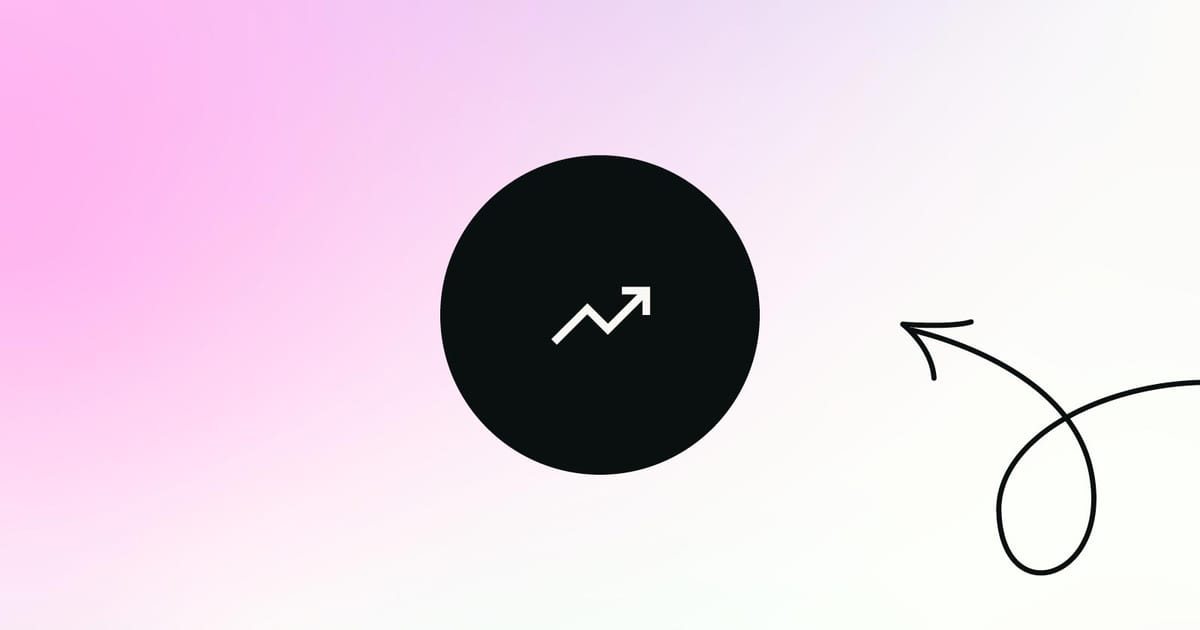
SaaS vs. physical product customer support
All in all, while customer support is critical in both SaaS and physical product companies, SaaS support operates continuously, with a focus on maximizing recurring value, driving engagement, and fostering relationships.
Physical product support, by contrast, tends to address sporadic issues and emphasizes product reliability over engagement.
Support your customers by supporting your career
Take a step back from the daily grind and invest in your professional development.
Customer Support Summit San Francisco is the perfect opportunity to recharge your batteries with some well-deserved learning and networking.
Come back to your desk ready to provide excellent customer experiences.



 Follow us on LinkedIn
Follow us on LinkedIn